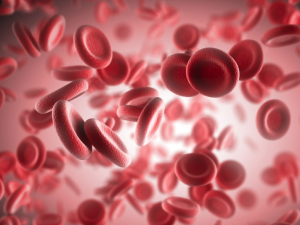
Sometimes, what can help you the most comes from your own flesh and blood – literally. In the case of injuries, there are many ways to promote healing at a faster rate. However, what if you could create the “magic bullet” solution for faster healing from your own blood?
Platelet-Rich Plasma (PRP) Therapy
Platelet-rich plasma therapy is a futuristic technique that has potential for musculoskeletal conditions, which include osteoarthritis of the knee, shoulder, hip, and spine. It can also heal rotator cuff tears, tennis elbow, Achilles tendon tears, chronic plantar fasciitis(heel spurs), anterior cruciate ligament (ACL) injuries, back and neck injuries, and many more conditions that require rapid healing, if possible.
What are platelets?
Platelet cells are the body’s own “band-aid” for soft tissue injury. It is packed with growth and healing substances that can start the repair of injured tissue, and at the same time attract stem cells for critical assistance. PRP therapy amplifies this by delivering a very high concentration of platelets into an injured area.
How is it done?
The first step is to draw some blood from the patient, in much the same manner and amount as a laboratory sample. This will then be placed in a centrifuge, which will separate the platelets from other blood components.
At this point, you now have platelet-rich plasma (PRP). The concentrated fluid can then be injected in and around injured areas. The high platelet count will jump-start and strengthen the body’s natural healing abilities, and will signal the body for more healing processes to take place, faster. Moreover, because your own blood is used, you won’t place yourself at risk of a transmissible infection, or an allergic reaction.
How long does it take?
The procedure takes around one hour, including preparation and recovery. The procedure can be done in a medical office, and most people usually go back to their jobs or offices to work after having it done.
How often should the procedure be done?
For safety, up to three injections can be given within a six-month period. Individual injections must be spaced two or three weeks apart. It would be no surprise, though, if you will feel complete relief even after one injection.
What are the results?
The goal of PRP therapy is to stop pain by encouraging the healing process, and this can have a profound effect on the concept of pain management. PRP will make it possible to do the following things:
1) Progressive long-term healing – The first stages of improvement will be apparent in a few weeks, and will accelerate as the healing period continues. A proper diet and exercise (if allowed) can accelerate the healing even further, so that the pain is managed not because it is lessened, but because the underlying cause has already been addressed.
2) Reducing the need for surgery – Surgery is generally reserved for medical conditions refractory to nonoperative treatment. PRP therapy may make it possible to effectively treat certain medical conditions and therefore avoid surgery, particularly if the damage to the body area can be reversed, even healed completely before the effects become permanent.

